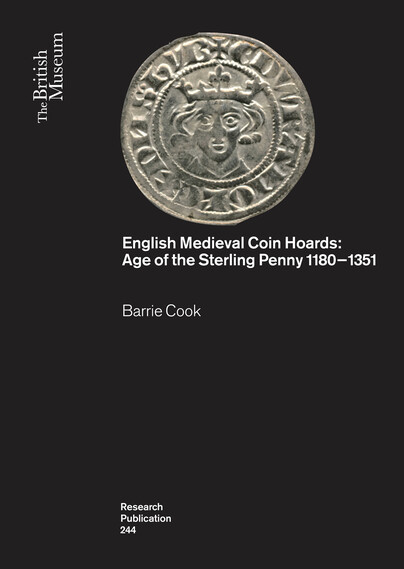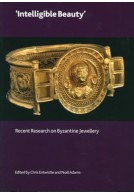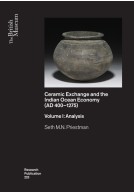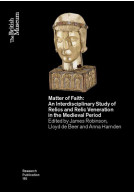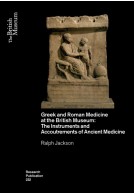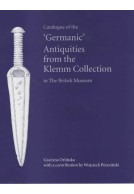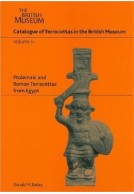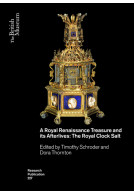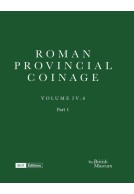Google Books previews are unavailable because you have chosen to turn off third party cookies for enhanced content. Visit our cookies page to review your cookie settings.
English Medieval Coin Hoards (Paperback)
Age of the Sterling Penny 1180−1351
Imprint: British Museum Press
Series: British Museum Research Publications
Pages: 176
Illustrations: 50
ISBN: 9780861592449
Published: 10th February 2025
Script Academic & Professional
Series: British Museum Research Publications
Pages: 176
Illustrations: 50
ISBN: 9780861592449
Published: 10th February 2025
Script Academic & Professional
Usually available in 6-8 weeks.
You'll be £40.00 closer to your next £10.00 credit when you purchase English Medieval Coin Hoards. What's this?
+£4.99 UK Delivery or free UK delivery if order is over £40
(click here for international delivery rates)
Need a currency converter? Check XE.com for live rates
(click here for international delivery rates)
Need a currency converter? Check XE.com for live rates
The late 12th and 13th centuries witnessed complete national recoinages in 1180, 1247 and 1279, with the entire national stock of money reminted. After 1279 this did not happen again, with changes to coinage standards from 1351 onwards creating an environment that instead removed older coin more gradually. The collapse of the Angevin empire, Magna Carta and its ramifications, the creation of Parliament and the commencement of major Anglo-Scottish wars all impacted on how currency functioned across this period.
The aim of this publication is to publish English coin hoards in the context of each of the successive currency periods between 1180 − around the time England arguably became a fully monetised land, with the silver penny under its recently emerged name of sterling − to 1351, when the penny-dominated currency was replaced by a multi-denominational one in both gold and silver.
While the hoards discussed in this publication are seen in their national context, they are also placed firmly in their very local context, identifying relevant local economic and social forces and activities. This approach illuminates the place of money in the lives of the majority of England’s inhabitants, especially as this was the period in which medieval taxation reached its definitive form. With only a handful of exceptions, most of the hoards discussed represent money held by the lower levels of society, above all agricultural workers, whether of free or villein status: this is money in the world of the manor, the village and the parish, not the city, court or government.
Other titles in the series...
Other titles in British Museum Press...







